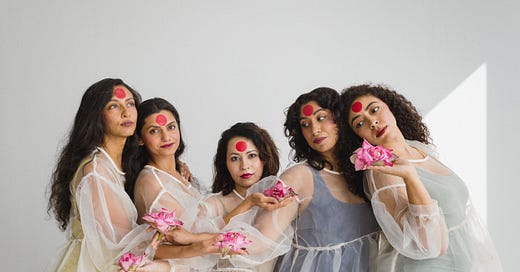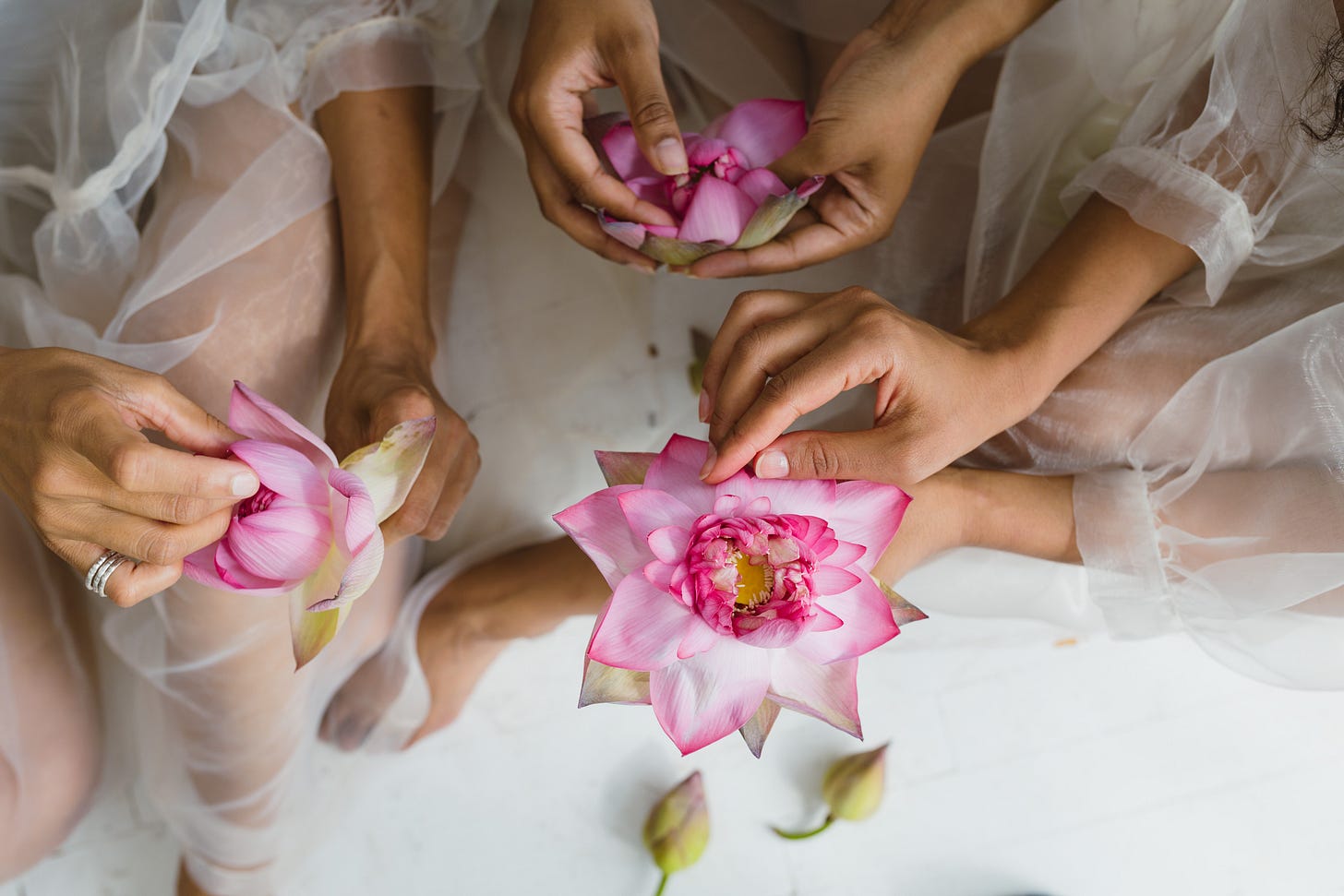Some Viscera contains four lullabies. No genre of song better represents childhood and relationships with children than the lullaby. These songs are part of our earliest memories, including mine of my grandmother. Writing lullabies for her, my nieces, and myself was the best form for expressing my relationships with all three. As I read about lullabies, I also discovered that they’re a way for families and communities to convey their histories and cultural knowledge to younger generations. Ideal, then, for the larger themes of this work.
Some Viscera premieres in less than two weeks on September 26-27 at the Museum of Contemporary Art Chicago with performances by a nine-person ensemble of musicians and dancers. Tickets are going fast! Today, I’m excited to talk about the lullabies in this project—and let you preview one below!
Lullabies, I learned, share certain characteristics. Sung or chanted, they often have a recurring melodic and rhythmic structure and lyrics that rhyme. Studies show that singing to children improves the emotional wellbeing of mother and child. But as many of us know from the lyrics of “Rock-a-bye baby,” although lullabies foster warmth and intimacy, they’re frequently disquieting. You can even feel those dark elements in what may be the oldest known lullaby. It’s a fragment of Akkadian from the Old Babylonian Period (about 1894–1595 BCE) in ancient Mesopotamia and it goes like this:1
Little one, who dwelt in the house of darkness –
Well, you are outside now, have seen the light of the sun.
Why are you crying, why are you yelling?
Why didn’t you cry in there?
You have roused the god of the house, the kusarikkum has woken up:
“Who roused me? Who startled me?”
The little one has roused you, the little one has startled you!Lullabies are also a way for adults, and especially women, to articulate concerns in private. As a result, they express wider cultural anxieties—about war, death, and being forgotten (not to mention cranky household deities).2
My lullabies share these features. They use melodic repetition (as my songs always have) and are lyrically dense. They express love—and fear and loss. For example, in “The Nightingale,” a lullaby for my grandmother, I address her as a dying elder and beloved child. Both are helpless, both need care. The choreography that Asha developed for her performance of this piece sees her transitioning between two states, caring for the dead at one moment, caring for a mischievous child at another. The strings, vibraphone, sruti box, and vocals form undulating waves.
Avian and floral motifs are an important feature of the lullabies and other music in this project. Flowers and birds are essential to nostalgic reimaginings of the “homeland.” Their smell, sight, and sound are part of our memories of specific people, places, and moments. Together, they form a shared ecological imaginary. The species I chose are personally significant and also locate my family in that wider landscape—one that is essential to how people from the subcontinent think about and present themselves.
The lotus is a classic in Indian art and literature, so it’s one of the most important flowers of Some Viscera. In my past choreography for this project, Asha and I carefully open real lotus blossoms, petal by beautiful petal. Usually this act has the solemnity of a ritual. At the premiere, you’ll see a humorous version in a new piece with three additional dancers.
As you may have guessed, the nightingale is a major bird in this project. Family friends would compare my grandmother to this bird because of her beautiful singing voice. The nightingale isn’t native to India, but it does have national significance. It’s associated with the Indian independence activist and writer Sarojini Naidu (1879 – 1949), whose poetry my grandmother learned as a child. Naidu’s vivid writings earned her the epithet “the nightingale of India”; some refer to birds.
But the most important feathered being in Some Viscera is the kuyil, whose regional name echoes in its colonial appellation, the Asian koel. For years I associated its distinctive call with jetlagged dawns at my grandmother’s house in Bangalore without knowing its name. Finally, I looked up the most commonly reported birdcalls in the area on Cornell’s eBird. When I discovered the beautiful, red-eyed kuyil, my heart stopped. It was like glimpsing my grandmother fleetingly in a dream. There she was.
My fascination with the kuyil has company. It has captured writers, musicians, and painters of the subcontinent, appearing everywhere from the Rigveda of the 1500s BCE to 90s Indian film music. It makes a particularly poignant cameo in Rupa Goswami’s Hamsaduta, a Sanskrit poem of the fifteenth century CE in which a swan (another bird of Some Viscera) carries a message from Radha to her lover Krishna:3
As soon as they are fledged, kuyils leave the crows they have known and lived with since they were eggs.
The kuyil, you see, lays its eggs in the nests of other birds. We are raised by many—and self-knowledge is never straightforward. And so, the kuyil flies through “Bird Song,” the lullaby I wrote for my nieces:
When you were little I heard the kuyil sing me her silver song.
She said to fly through the purple sky, a beacon announcing dawn.
Since you’ve made it this far—in this essay and over the years—I’d like to express my gratitude with two unreleased tracks from the album version of Some Viscera. The first is “Bird Song,” quoted above. The second is a brief interlude by violinist/violist Johanna Brock titled “Asian koel (Eudynamys scolopaceus).” You have a week to listen here. The password is, of course, kuyil.
love,
Lakshmi
Farber, “Magic at the Cradle: Babylonian and Assyrian Lullabies,” 140.
Rupa Gosvamin, tr. Sir James Mallinson, Messenger Poems, 223.




